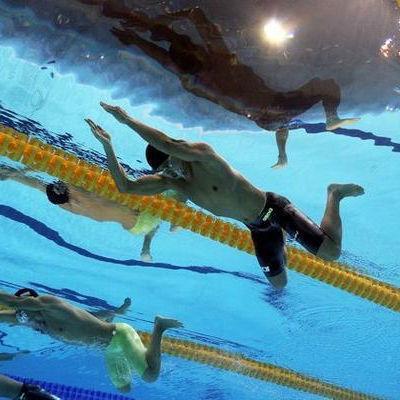Breaststroke Tips and Tricks
Breaststroke is one of the most technical strokes and one of the trickiest to master. It's important to remember that Breaststroke is all about skill and efficiency so if you just move faster that doesn't mean you're going to move quicker. This post is designed to give you a couple key tips and things to work on at all levels to ensure that you are able to get the most out of your training time.
- Your Body Position after each stroke on the glide phase should be as flat as possible. The glide phase is when you are moving the fastest so being as tightly streamlined and flat as possible will result in be even quicker and is one of the easiest things to do.
- Spend time sculling using a snorkel to see your hand movements ensuring they go wide enough. They should be in a Y position at their absolute widest, remember not to go too wide as most of the forward momentum comes from our kick.
- 2 kicks 1 pull drill is the perfect drill to ensure that your body is in the correct position after the pull. This drill should not be rushed, by slowing it down you will also be adding a small amount of Hypoxic element to your training which will help your under waters late on in races.
- Whilst kicking ensure that your legs snap back together at the end of your kick, this is made easier by squeezing your bum towards the end of the kick. Doing this will also put your legs are in the correct and most efficient position.
- The Breaststroke Pull Out is something that shouldn't be rushed, the movements should be quick and snappy but they each one should start when you feel yourself slow down after the previous movement.





